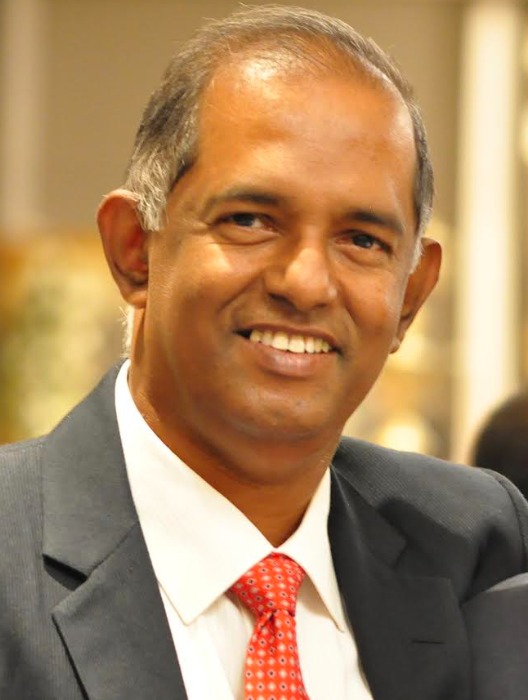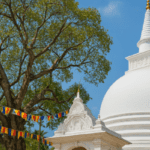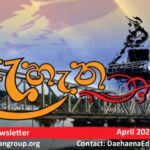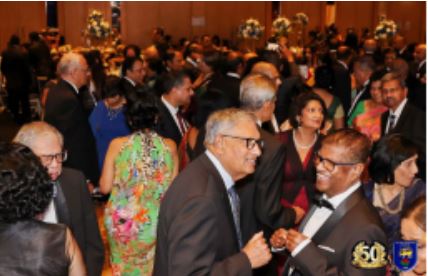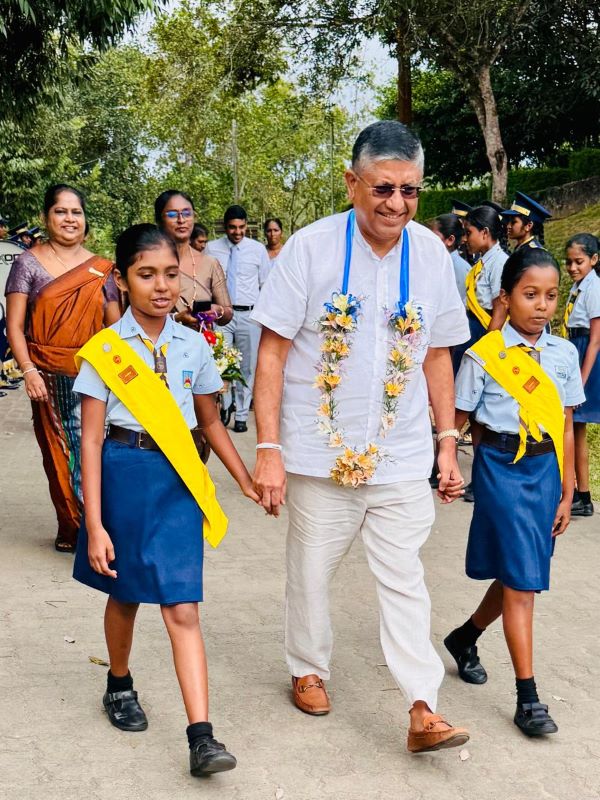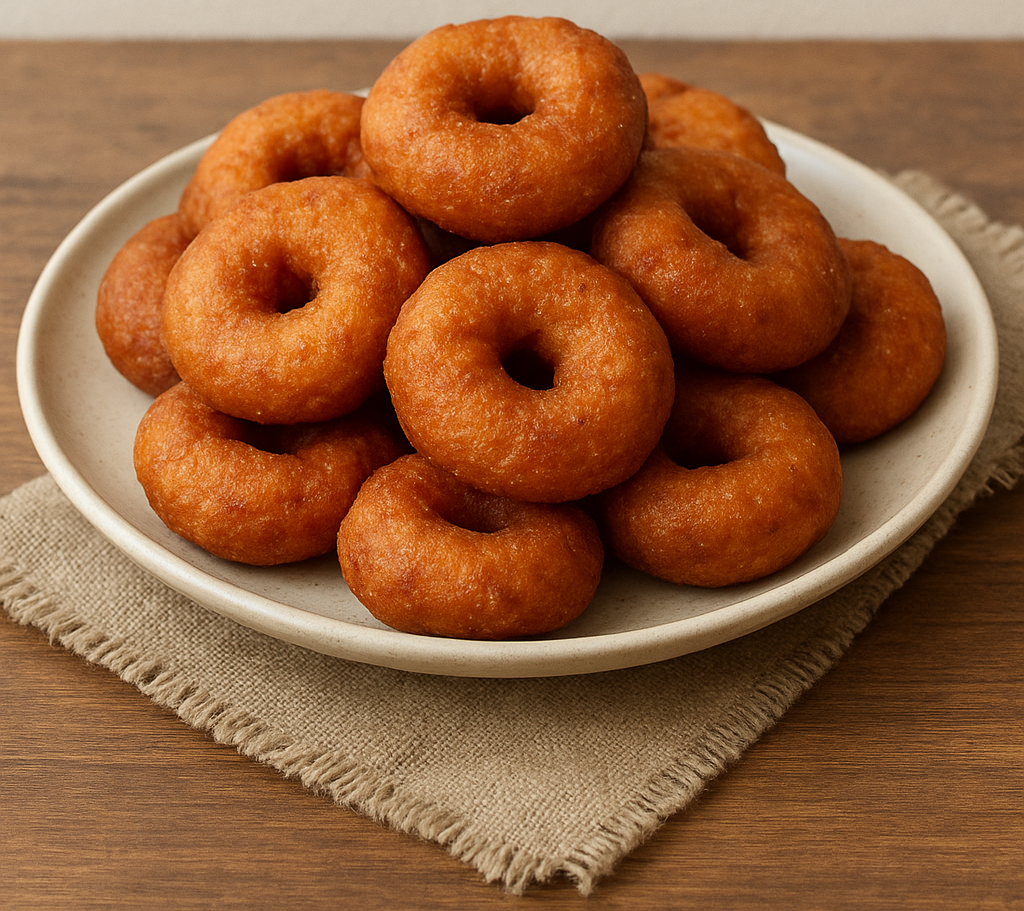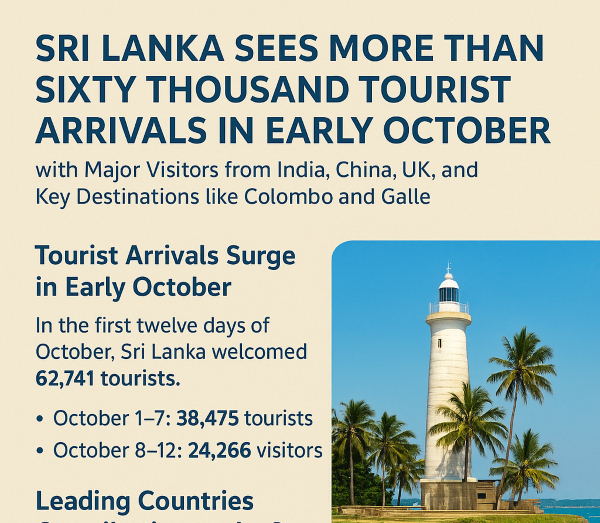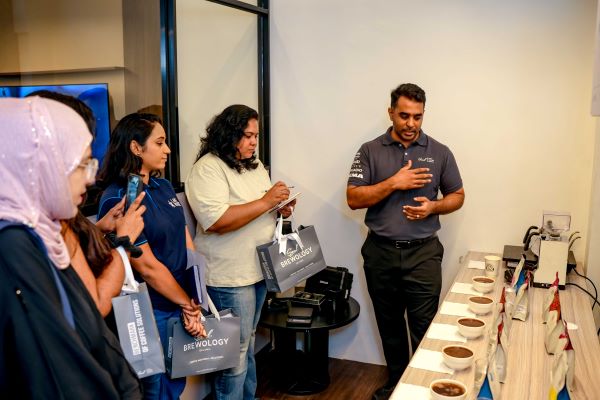Bandaranaike’s Zoo, Horses & Estates: Life of Luxury in Colonial Sri Lanka
In the grand narrative of colonial Ceylon, few figures stand out with the blend of aristocratic charm, political finesse, and eccentric taste for luxury quite like Sir Solomon Dias Bandaranaike, the first native-born Maha Mudaliyar under British rule. His life, detailed in his memoir “Remembered Yesterdays” (1929), offers an intriguing window into the world of elite Ceylonese society in the late 19th and early 20th centuries—a world filled with sprawling estates, imported horses, and even a private zoo.
A Life of Prestige and Power
Born into one of the most prominent and wealthy Sinhalese families in the country, Sir Solomon’s status was cemented by his appointment as Maha Mudaliyar—the highest native administrative officer under the British Governor. He served as the key link between the colonial rulers and the local populace, functioning both as interpreter and confidant.
The Bandaranaike family seat, Horagolla Walauwa, located in Attanagalla, was a reflection of colonial opulence and feudal influence. Surrounded by lush estates and manicured gardens, it was more than just a residence—it was a symbol of power and prestige. The estate life included not only the expected luxuries of the landed elite, but also Sir Solomon’s more exotic passions.
A Private Zoo in Ceylon
One of the most fascinating aspects of Sir Solomon’s lifestyle was his private zoo, something virtually unheard of in Sri Lanka at the time. According to both “Remembered Yesterdays” and later references like J. Gimlette’s “Elephant Complex: Travels in Sri Lanka”, the zoo housed an eclectic mix of native and foreign animals—from peacocks and deer to monkeys and even elephants. The grounds were designed to impress British guests and visiting dignitaries, serving as a display of Ceylonese grandeur that could rival colonial elegance.
The zoo wasn’t simply a novelty—it was an extension of Sir Solomon’s desire to blend Eastern tradition with Western sophistication. In an era when exotic animals were a symbol of imperial control and power, maintaining a personal menagerie placed him among the ranks of colonial aristocrats worldwide.
Horse Breeding and Colonial Prestige
In addition to his zoo, Sir Solomon was a keen horse breeder and rider, importing fine thoroughbreds for both utility and sport. Horseback riding was the favored leisure activity of colonial elites, and the Maha Mudaliyar made sure to participate in style. The stables at Horagolla were said to be among the best-maintained on the island, with imported feed, stable boys, and veterinary attention at a time when such care was rare even for humans in rural areas.
Equestrian culture was a significant element of British colonial society, and by embracing it fully, Sir Solomon asserted his alignment with the ruling class while preserving his local influence.
Estates and Agricultural Wealth
The Bandaranaike estates were not merely symbols of luxury—they were productive agricultural enterprises, contributing to the wealth that sustained the family’s lifestyle. Coconut plantations, paddy fields, and spice gardens extended across vast acres. Managed by a loyal retinue of local overseers, the estates represented a hybrid economic model—Western in organization, Eastern in land tenure traditions.
These estates also provided the economic base for the family’s later political legacy. Without the income from land, the rise of figures like S.W.R.D. Bandaranaike, Sir Solomon’s son and a future Prime Minister, would have been far less feasible.
A Cultural Bridge Between East and West
Sir Solomon Dias Bandaranaike lived at a cultural crossroads. Fluent in English and deeply embedded in British customs, he also upheld Sinhala Buddhist traditions, supported local temples, and maintained feudal ties with villagers. His lifestyle was a striking blend of colonial collaboration and national pride.
While the British saw him as the ideal native gentleman, he carefully navigated the complexities of dual identity—both upholding the colonial order and preserving a distinct Sinhalese elite culture.
Legacy and Reflections
The world of private zoos, aristocratic horse breeding, and colonial feasting might seem like a fantasy from a forgotten era. Yet, the remnants of this lifestyle are still visible in Sri Lanka today—especially in places like Horagolla, now a national heritage site.
The Bandaranaike name remains embedded in the island’s political and cultural fabric. But behind the political legacy lies a story of immense privilege, cultural negotiation, and colonial spectacle.
As Gimlette suggests in Elephant Complex, these figures were not merely products of colonialism, but shapers of a uniquely Ceylonese response to it—one that married traditional authority with Western flair



